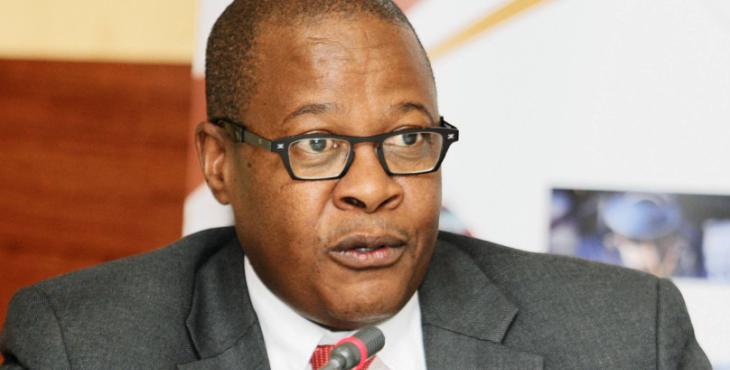Power utility Eskom was set to shift its focus into improving its distribution network after its boss, Brian Molefe, said it had dealt with its electricity generation woes.
Molefe told the country during Eskom’s state-of-the system briefing in Johannesburg yesterday that after addressing the electricity generation capacity, the utility was now facing problems of a different nature. He said Eskom would deal with the new challenges as well.
Molefe said although generation problems were known a few years ago, they paled when compared with possible electricity shortages because of insufficient generation at the time.
Molefe refrained from getting into what he called “a blame game”, and said Eskom was collaborating with the various municipalities in addressing distribution problems that often led to the so-called localised outages.
“If they need back-up, we provide it. Our intention is to ensure that the problem is resolved,” he said.
He said the utility had increased distribution capital expenditure to R10.6bn from the previous financial year’s R9.4bn.
While Eskom has spent billions of rand in new generation capacity, question marks have long been raised about the ability of the distribution network to accommodate the additional generation capacity.
As a result, despite excess electricity capacity, which saw Eskom increase the volumes of international electricity sales by 12.2 percent in the past financial year, some parts of the country still experience what Eskom calls “localised outages”.
Several energy experts have in the past identified the distribution sector as the weakest link in the electricity value chain, with some calling it “a ticking time bomb”.
Eskom and some of the country’s municipalities are responsible for the distribution of electricity.
Molefe said in the past few weeks Eskom Distribution had experienced a number of localised power outages.
“The key causes of the power outages are illegal connections, which result in the overloading of our networks, cable theft and the vandalism of electricity infrastructure. Technical faults and routine planned maintenance also result in power interruptions,” Molefe said.
He said hotspots in Gauteng were Soweto, Katlehong, Mamelodi, Kagiso and Bophelong.
“The design philosophy on these townships was done with a maximum demand of 2kVA per stand. However, illegal connections overload the transformers, resulting in failures.”
Molefe said Eskom had sufficient generation capacity to meet the peak demand, due to the improved energy availability factor, which currently stands at 78.9 percent.
He said in the next five years, Eskom would add an additional 8 169 megawatts capacity from its current generation projects.
Meanwhile, Molefe said Eskom had reached an energy availability factor of 81 percent last month. “This was last achieved in July 2013.”
Molefe added that the improved energy availability factor had resulted in lower usage of diesel and hence a reduction in the costs. In the first quarter of this financial year, Eskom reduced diesel costs from R 3.9bn to R86 million. “Dispatching the diesel generators less frequently has resulted in a decrease in maintenance intervals, which is a further decrease in maintenance cost.”
[Source: BUSINESS REPORT]






 WhatsApp us
WhatsApp us 

